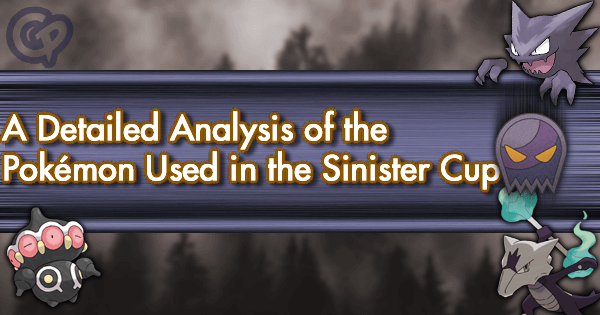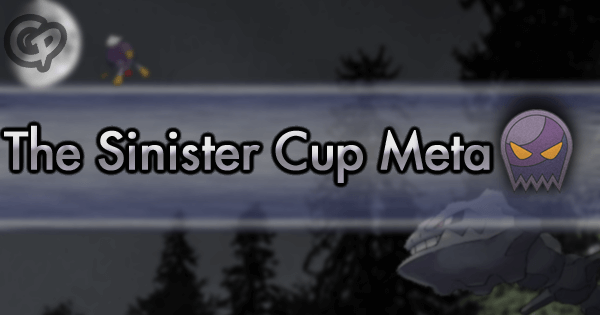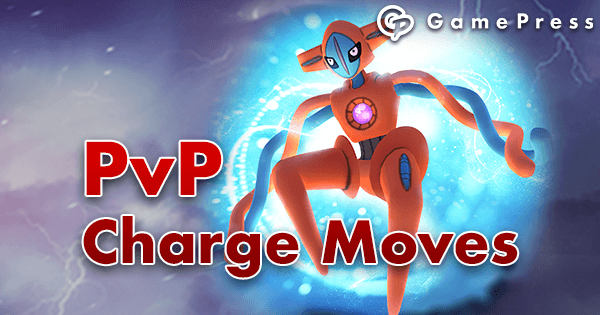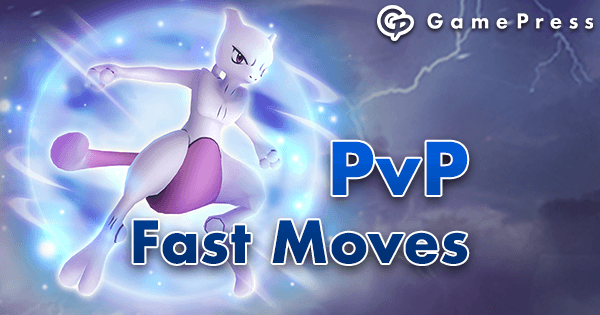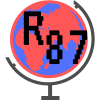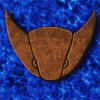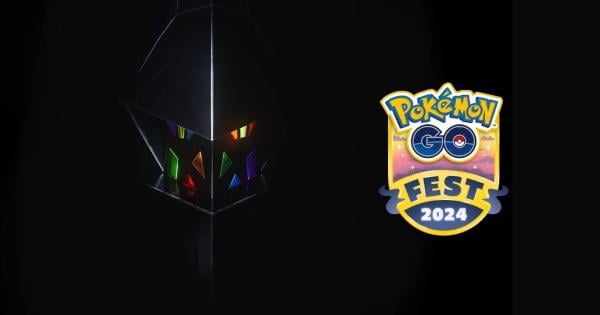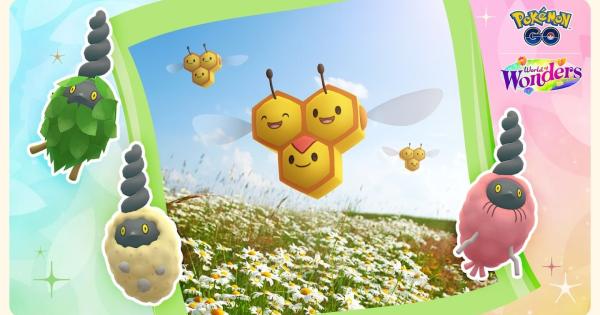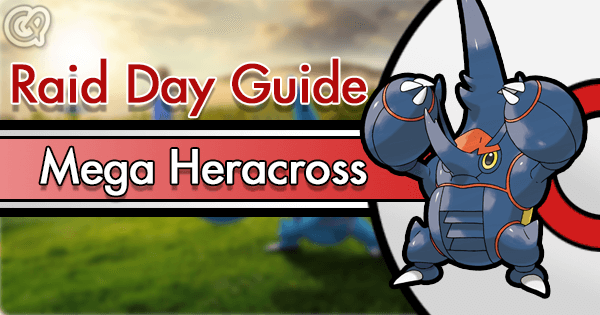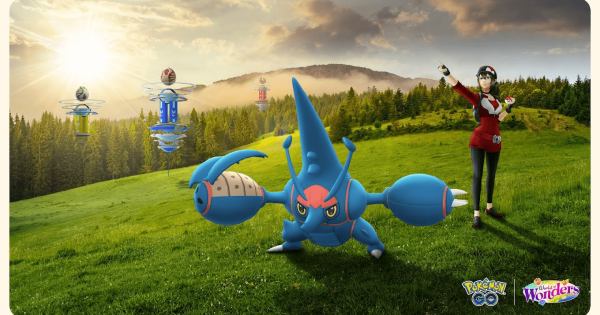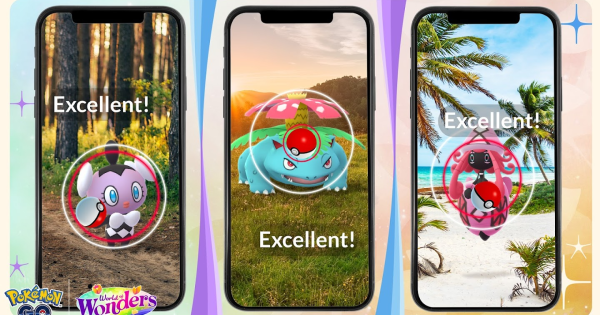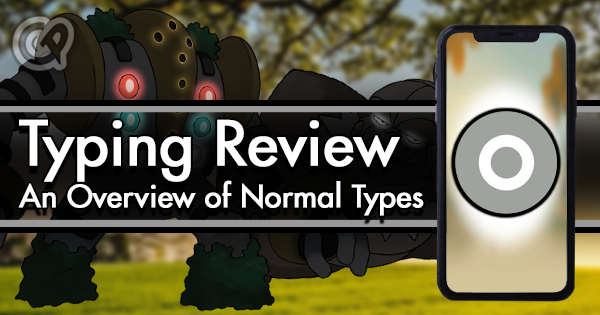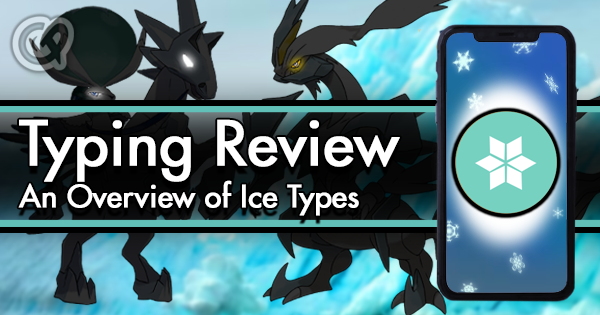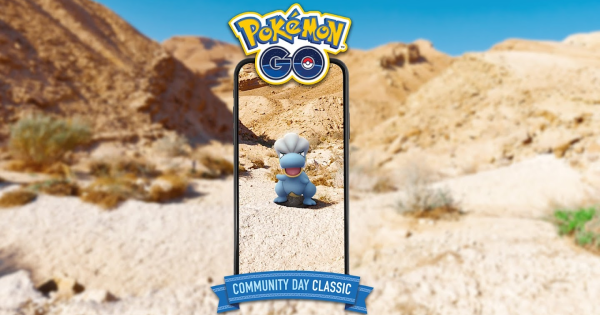Introduction
With the recent meta shakeup, you may be concerned about what to bring to your local tournament, or you’re a person who likes to be extra prepared, you can now learn more about the overall meta and decide what you need to bring to counter all relevant and all off-meta threats. Well, now you can! (Disclaimer: This project was started before the implementation of the new Silph Arena Resources feature that allows you to see up-to-date percentages of use of the main threats of the cup but is more expansive. Also, be advised that you should avoid web scraping The Silph Road website as much as physically possible, I had done it for research purposes before more information was out there, and I did so as responsibly as possible. Thanks.)
(10/10 update: the presentation of The Silph Arena’s API data has changed and the numbers are appearing much higher than before, but the relative order has not changed.)
Data Gathering and Process
As an avid and worried Pokémon trainer myself, I set out on a journey that I had thought about before but had never started until the beginning of the Sinister Cup. I wanted to see what types of Pokémon people were bringing to the Silph Cups so that I could have the most possible information on what I would be going up against in my local tournament and have the greatest chance of winning. I decided to write a simple, efficient-but-effective, and fast web-scraping program that would comb through all of the available tournament data that the Silph Arena had in order to find out what kinds of Pokémon potential opponents would bring so that I could be prepared for both the main meta core and the off-meta head-scratchers that I might not know what to do with as they’re staring at me across the battle arena and ripping my team to shreds. So now, here I am, bringing my original data, along with the newer, more up-to-date data that I collected and refined in order to help ease your fears and let your scientific minds go wild with the data overload.
The data that was collected was a little limited because there is no way to directly access concluded tournament pages unless you know all of their URLs or the communities which hosted them and can work the tournament map easily. Because of that, I had to find a way around this problem. I found that the easiest way to get the large amounts of data needed was to get the information on each trainer from the leaderboards since the only people on the leaderboard would be people who have competed in Sinister Cups for the start of Season 2. Then, the program would get information on the Sinister Cup teams of every trainer on the leaderboard since the only ones displayed had done well in their respective tournaments and made it to Rival rank after their first Sinister Cup. Then, it would get the links for their Sinister Cup tournament pages and get the numbers for each team of Pokémon they faced. This way, I could get a sense of the strongest teams I would need to beat while also getting a sense of off-meta picks that I would likely still have to face.
Right before the end phase of this project, and I think maybe partially because of this project, The Silph Arena decided to push out their own stats on what is coming up most in the tournaments. The difference between my data gathering and theirs is depth. Their data allows you to analyze the top 29 most occurring Pokémon in all matchups, and all winning matchups overall and in the past week.
My Data, Which Can Be Seen in Full Here, has the numbers at the time of starting the program for two different times of access – one at around 1 am EST October 3rd and one at around 12:30 pm EST on October 9th. The second time has a little less data on the “top teams” because with more and more teams appearing on the leaderboard, I decided to narrow the top teams section down to just the first page of trainers, or the top 23 people, only counting separate tournaments as different teams if they were made up of different Pokémon. Compared to The Silph Arena’s data, my data allows us to look at team composition as the cup goes on and allows everyone to see individual data on all Pokémon in the tournament without knowing a line of code yourself.
Other Relevant Data
The only real similar data that exists out there is the new feature that The Silph Arena just put out that lets you look at top threats in the cup and their use percentages. While the data has many similarities, only seeing top threats is its greatest drawback.
In order for projections in use, PvPoke’s system of ranking Pokémon in each cup by the percentages of matchups that they win and lose can be used as a way to gauge how relevant most Pokémon will be, but because of dust costs, or accessibility, or the ability for people to obtain good PvP IVs, etc. not everyone will have the stuff with the highest win percentages. Many people also will go for off-meta or anti-meta picks, so a look at actual usage data is the most practical way to know what people will potentially be bringing.
Team Composition Analysis
If you want to look at all the individual data, you have the ability, but that can be a boring process and you may not know what to do with it. I am here to give you all of the relevant information that you will need to know about the Sinister Cup meta between all the guides you’ve seen and the new information we have.
I will leave a lot of the specific data out of it and just go over the basic important take-aways. Anyone can look through the specific, nitty-gritty if they so choose.
Top Threats
If you’ve been looking at all the available guides out there on the Sinister Cup meta (Like This One by Gamepress) like I have, you’ve probably noticed a lot of similarities in what is good. Pretty much every guide would lead you to the conclusion of a heavy Steelix, Alolan Marowak, and Poliwrath core with at least one more Ghost-type and one Psychic-type. After analyzing all the data, this assumption of the biggest threats is easily confirmed. With Steelix at 12% in my data (15% on TSA), Alolan Marowak at 12% (14% on TSA), and Poliwrath at just under 10% (13% on TSA), most teams will have at least two if not all of these Sinister Gods. For reference, 16% usage would be a 1-in-6 usage, meaning that the Pokémon would be on every team.
Of course, those are only three Pokémon out of many, and every team has a total of 6. So, what else are people bringing that will be super relevant in your local tournament? Drifblim and Mawile round out the top 5, with Claydol coming in 6th. While not advised to use all of the top 6 picks yourself, they provide very useful data on what people have on their team and what types of stuff they expect to counter.
Steelix is a tank that takes out other Steel tanks and its Crunch can eat through (pun intended) almost any Ghost or Psychic-type out there. Alolan Marowak has the ability to dominate most matchups vs other Ghosts, with Fire Spin, it can shred through even the mightiest Steel tanks, Poliwrath counters the previous 2 and takes down the other Steels with relative ease. Drifblim charges through shields and beats on other Ghosts and comes out of most Fighting matchups with a ton of health. Mawile’s boosted Bite can deliver massive amounts of damage to Ghosts and Psychics. Lastly, Claydol’s Confusion kills Fighters as fast as possible and its Ground-type Charged Moves can bring it positive matchups versus a lot of Steel tanks. I won’t bore you with the excessive details, but their high frequency on teams in this cup attest to their power. Each one has a specific use to beat one of the relevant types, and a general anti-Ghost sentiment in a Ghost-centered tournament makes a lot of sense.
Big Competitors in Each Admitted Type
Ghost Types
Psychic Types
Steel Types
Fighting Types
Wild Cards
For the relevant picks, it’s useful to note their relative niches. Haunter and Banette are fast, Dusclops is bulky. Gardevoir has versatility and isn’t weak to Dark, Cresselia is bulky, is better versus the Ghost meta. Bastiodon is bulky, Empoleon is anti-meta, Forretress resists a lot, Probopass is somewhat anti-meta. Medicham beats other fighters, Hitmonchan is somewhat cheap and has good charge move versatility, Primeape’s Cross Chop is fast, Blaziken’s Fire typing lets it hit some relevant stuff, Toxicroak resists fighting. Alolan Raichu kills all Waters, Lugia survives the Fighters with a lot of extra health… and so-on and so-forth. Most of these picks are examined in extensive meta guides out there and I believe that Latias might be the only real surprise to some people.
Off-Meta Threats
Now that you can see what will be the most relevant, now we’ll look at surprise picks that people brought that you may either have to find a way to deal with, or that you can add to your team to spice it up and shock your opponents. We obviously won’t go through every Pokémon used (I’m sorry to tell you that even though you can bring them, your Abras, Riolus, Arons, and Duskulls probably aren’t the best choices), but instead we’ll go over some potentially good ones to look out for.
The only truly off-meta or anti-meta pick used by one of the top 25 teams is Golurk, and it’s not a huge surprise. While still very rare and in its Silph Arena debut, the Ghost/Ground type Pokémon can provide useful coverage against the main meta of Ghost types while also having an answer for the big Steel tanks and some Confusion users like Bronzong.
Other interesting picks that you may need to consider when forming your team could include Xatu (.94% usage), Misdreavous (.59%) or b (.57%), Alolan Sandslash (.44%), Dusknoir (.44%), Starmie (.21%), Alolan Dugtrio (.14%), Ferrothorn (.12%), Uxie (.07%), or Excadrill (.05%). Each Pokemon, while maybe not being among the highest picked, still are ranked in a decent position on PvPoke and potentially could have a niche. Every one of these picks except Xatu (Rank 56) and Starmie (Rank 70) rank in the top 50.
Xatu’s flying moves give it neutral damage to almost anything without a Steel typing, and resisting Counter helps it a lot, but it does need to shield Ice Punches. Ominous Wind also makes it a threat to other Psychics and Ghosts alike.
Misdreavous and Mismagius fit a somewhat similar niche, with Misdreavus leaning a little more on speed and shield baiting, while Mismagius runs the powerful move duo Shadow Ball and Dark Pulse that can annihilate just about any Psychics or fellow Ghosts.
Alolan Sandslash, also The Subject of a Lengthy Analysis on Reddit, was made super spammy in the last update, allowing for good shield pressure and impressive coverage on the big Flyers and Steels.
Dusknoir is one of the most meta picks of all these, but I think it still deserves a spot here as a good anti-meta pick. Hex/Ominous Wind and the versatility between Dark Pulse and Psychic allow it to take on Ghosts or Fighters. It also keeps a bit of bulk and its relatively fast charge speed allow it to potentially grab some shields from your opponent.
Starmie might not be ranked super high, but it offers some interesting coverage, killing some popular choices like Bastiodon, Cresselia, Empoleon, Claydol, and Golurk. It might not be a meta choice, but it certainly has its niche, dealing fast damage to Grounds and Rocks and having Ice Beam for any Flyers it might come against.
Alolan Dugtrio has a Ground and Steel moveset that can help it take on and beat just about all of the major Steel types.
Ferrothorn is interesting because of its bulk and its many resistances. Only being weak to Fire and Fighting, types that are present but not necessarily dominant in this cup, and resisting the water attacks from Poliwrath and Empoleon make it a valuable ally. Plus, being able to beat both Poliwrath and Steelix is always a plus.
Uxie, while really good at Rank 22, is going to be very rare outside of the Asia/Pacific Region where it was in raids. That being said, you may still encounter one, and you’ll want to have an answer for it. It has some good bulk, almost comparable to Cresselia, and it even is able to beat some of the Ghost types that are supposed to beat the Psychics.
Last, but not least, Excadrill. While it has such an impressive attack stat that would seem to make it not good for PvP, it still performs very well. Its moveset allows it to take on the bulkiest Steel tanks, Alolan Raichu, and even some Flyers if with Rock Slide. Mud Slap also allows you to pressure shields well.
Tl;dr:
Tl;dr: The main meta threats that we thought were going to be good, but with the diversity in picks, there are some unknown threats you might want to look out for and some potential niche picks that you might be able to use on your own team.

